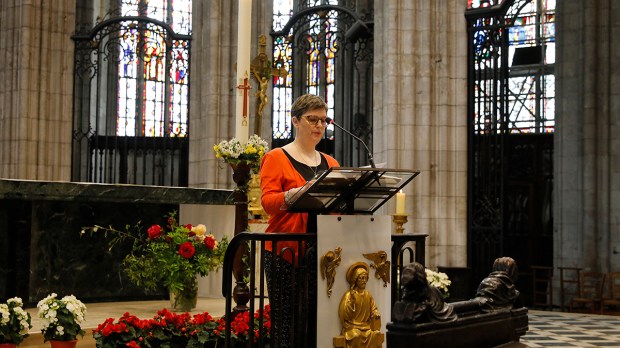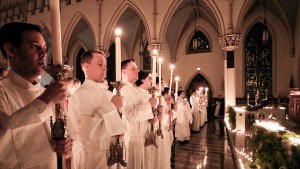Ever since Vatican II, the Church has talked much about various types of “lay ministry” within the Catholic Church.
What does it mean and where did it come from?
In this context, lay ministry in the Catholic Church is a type of official service, where a local bishop institutes an individual for a specific role.
This role is normally preceded with several years of formation to prepare for this service.
Minor orders
Previously this type of service was called “minor orders,” and Pope Paul VI explained the history behind this office in his apostolic letter Ministeria Quaedam.
Certain ministries were established by the Church even in the most ancient times for the purpose of suitably giving worship to God and for offering service to the people of God according to their needs. By these ministries, the offices to be carried out in the liturgy and the practice of charity, deemed suitable to varying circumstances, were entrusted to the faithful. The conferring of these functions often took place by a special rite, in which, after God’s blessing had been implored, a Christian was established in a special class or rank for the fulfillment of some ecclesiastical function.
Instead of simply being “hired” by the Church for a specific function, the individual was “blessed” so that the grace of God could flow through them.
Over time theses ministries were called “minor orders” and were entrusted to men on the way to priesthood.
Some of these functions, which were more closely connected with the liturgical celebration, slowly came to be considered as a training in preparation for the reception of sacred orders. As a result, the offices of porter, reader, exorcist, and acolyte were called minor orders in the Latin Church in relation to the subdiaconate, diaconate, and priesthood, which were called major orders.
However, Pope Paul VI saw an opportunity to revise these “order” and renamed them “ministries,” opening them up to lay participation.
Lector, acolyte and catechist
Initially the ministries of lector and acolyte were expanded, but recently Pope Francis added the ministry of catechist.
This refers to a lay person who dedicates their life to teaching the faith. (Note that “lay” in the case of any of these three ministries refers to anyone who is not ordained. Members of religious communities are also lay people when it comes to ministry.)
According to Pope Francis, this ministry can be given to those who have received competent instruction and formation.
They should also receive suitable biblical, theological, pastoral and pedagogical formation to be competent communicators of the truth of the faith and they should have some prior experience of catechesis
This does not mean catechists will be ordained, as this formation and commissioning is not an ordination. It means that many catechists will become more closely connected to the bishop and will receive additional formation so that they can assist him in his mission of evangelization.



